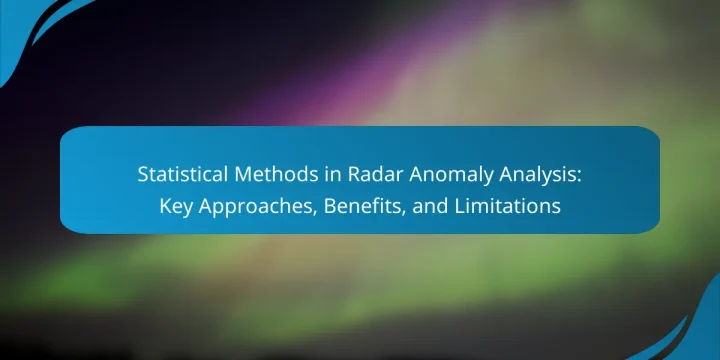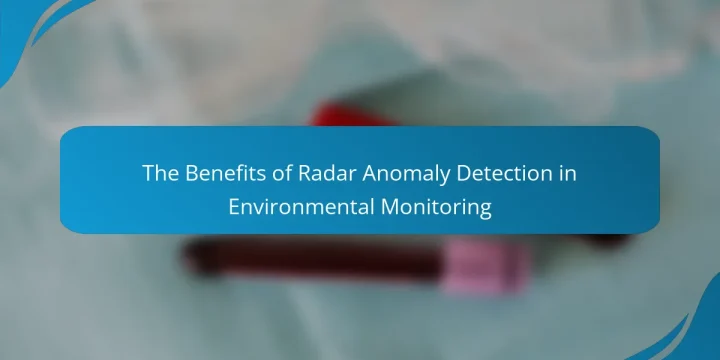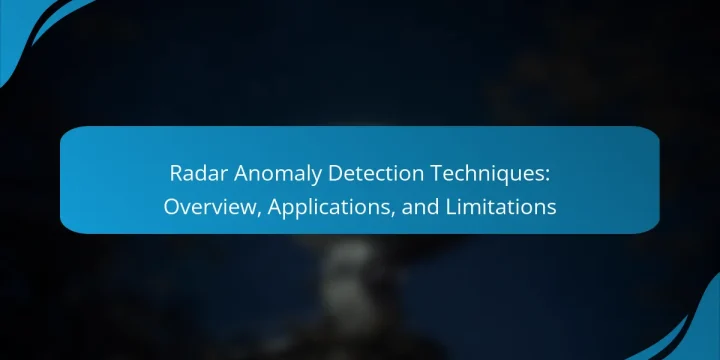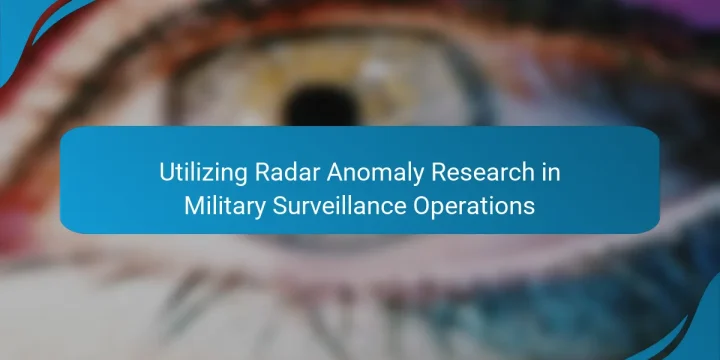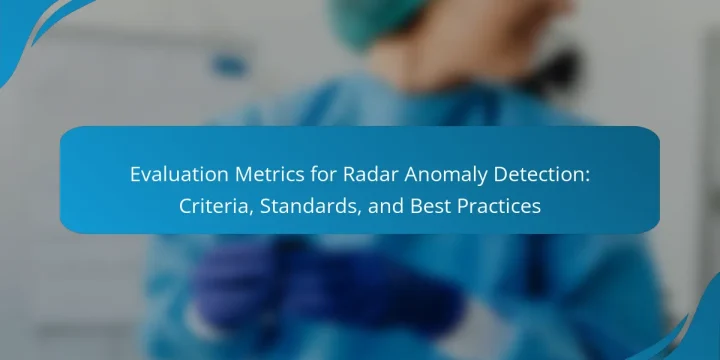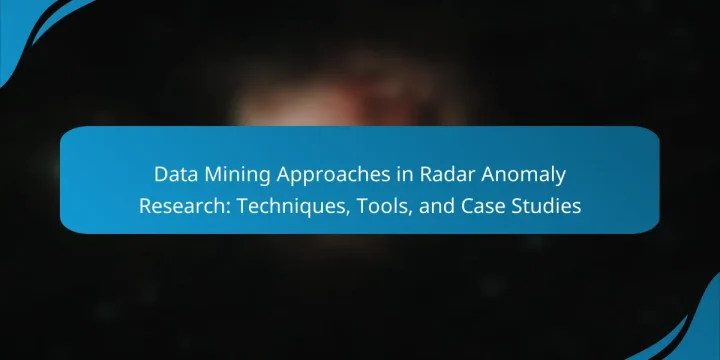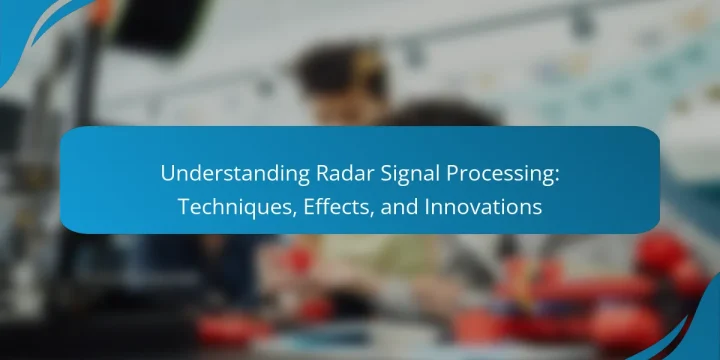
Radar signal processing is the technique employed to analyze and interpret radar signals, which involves filtering, detecting, and estimating target characteristics. This process utilizes electromagnetic waves transmitted by radar systems to capture echoes reflected from various objects. Key methodologies such as Doppler processing and matched filtering significantly enhance target detection and tracking capabilities. The article explores the fundamental techniques of radar signal processing, its critical applications in fields like aviation, weather forecasting, and military operations, and the impact of advancements in digital signal processing technology on these methods. Understanding these concepts is essential for appreciating the effectiveness and innovations in radar signal processing. What is Radar Signal Processing? Radar signal processing is the technique used to analyze and interpret radar signals. This process involves filtering, detecting, and estimating the characteristics…

